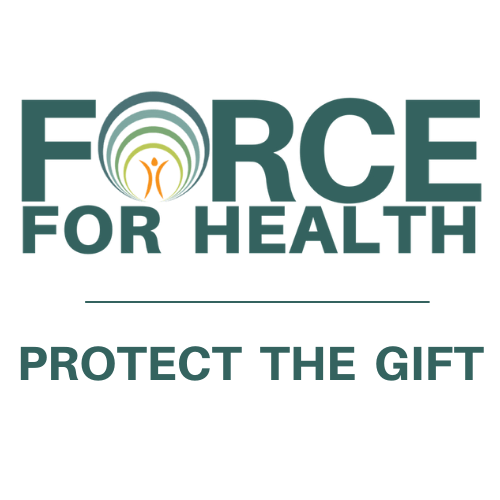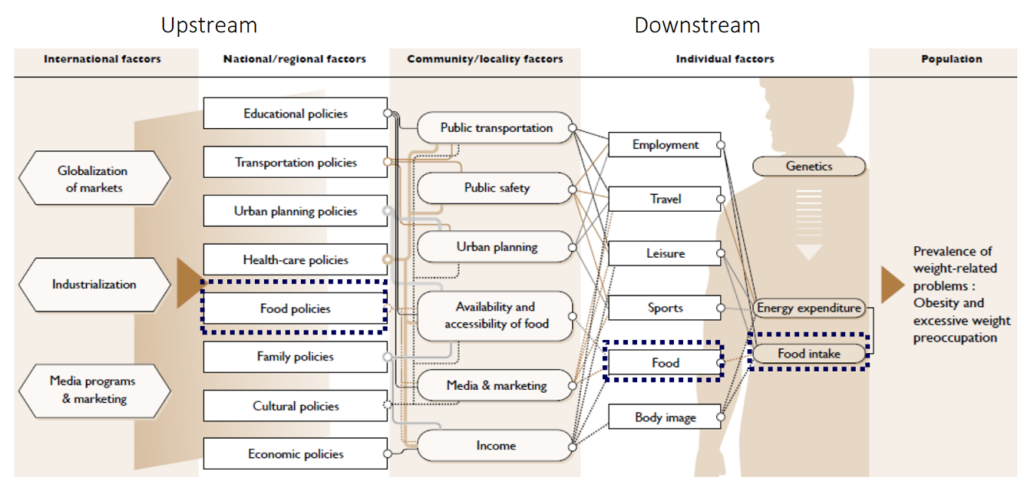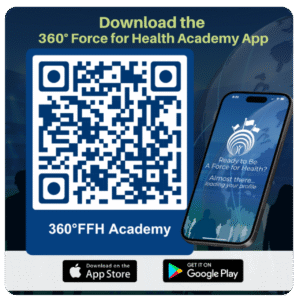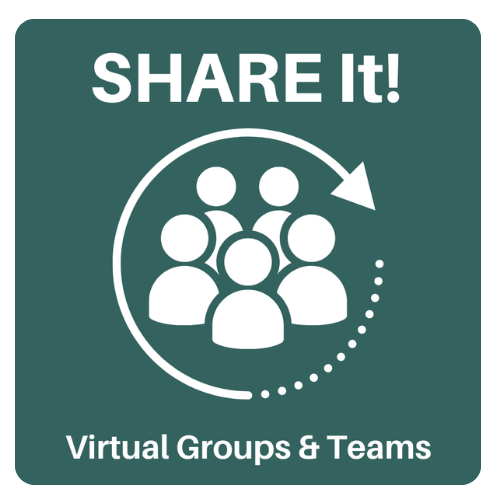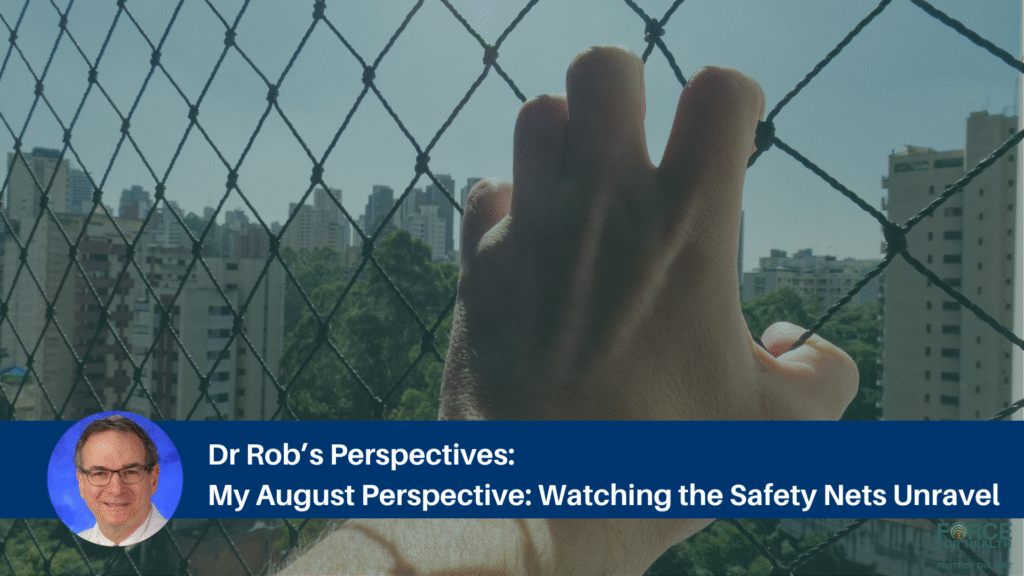
My August Perspective: Watching the Safety Nets Unravel
Dr. Rob’s Medical Perspective: Filling the Gaps When Essential Services Fade
When Safety Nets Unravel: People have to climb by themselves and need the empathy and generosity of their neighbors. Are you one of those neighbors?
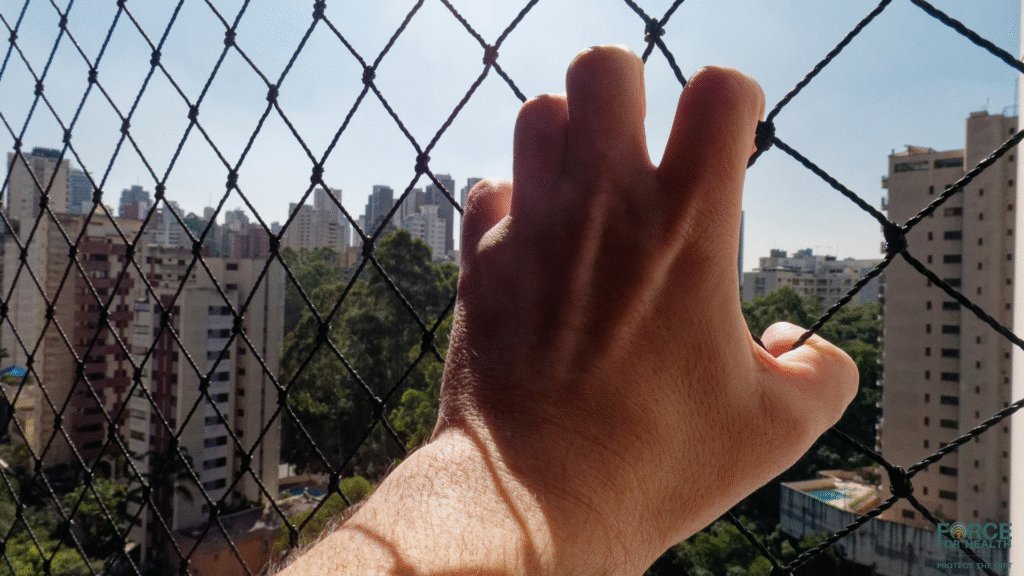
As U.S. AID international and local domestic programs and essential services face reduced or absent funding in many regions, the strain shows up first in the most vulnerable places: rural clinics, nutrition programs, mental health services, and public health outreach. These aren’t just “government programs”—they are lifelines that stabilize communities. When they weaken, families must make hard choices between medicine and food, between a clinic visit and paying the electric bill.
Some of the services most often forgotten during funding cuts include:
- Community nutrition programs (WIC, school meal programs, food banks).
- Preventive health services (vaccinations, screenings, chronic disease management).
- Mental health and substance use treatment programs.
- Transportation support for seniors and disabled individuals to access care.
- Public media and communication networks that deliver critical health alerts and education.
When these nets unravel, the burden falls on individuals, families, and local communities to step into the gap. As ripple effects go through a communities organizations as funding reduces, neighbors have to step up and hold up their neighbors, and hold their representatives accountable.
A Call to Action: Personal, Family, and Community Health as a Shield
Learn it, Live it, Share it: That is what we at Force for Health use to break down complex content so someone can use it. This same motto applies to entire communities that can work together. I have personally seen this spirit in Chicago IL, New Orleans, and rural PA and I was proud to be parts of those communities as members shared what they had and worked together, even when local organizations or agencies didn’t have the vision or resources.
When resources shrink, we are not powerless. Each of us can act as a “force for health” for ourselves and our neighbors.
- Personal Level:
- Strengthen your own health literacy. Know your numbers (blood pressure, glucose, BMI).
- Stock a simple home health kit (thermometer, pulse oximeter, blood pressure cuff).
- Learn basic first aid and chronic disease management for your household.
- Family Level:
- Share responsibilities: cooking balanced meals, exercising together, mental health check-ins.
- Start a family health journal to track medications, allergies, and emergency plans.
- Plan for food security: even a few containers of herbs, greens, or root vegetables can supplement nutrition.
- Community Level:
- Form neighborhood health teams to share resources, skills, and information.
- Revive the Victory Garden model: during WWII, 40% of U.S. produce came from home and community gardens.
- Establish shared “community health hubs” in churches, libraries, or schools for screenings and education.
Victory Gardens 2.0: Food as Public Health
Here is one example my mother and mother-in-law talk about that is but one way we can take personal responsibility in a situation where the government may fade away its safety net funding.
During World War II, when supply chains were disrupted, Americans turned lawns and vacant lots into Victory Gardens. With today’s food deserts and rising costs, this model can return—not just for food security but as a community health intervention.
- Urban lots: Raised beds and vertical gardens.
- Suburban yards: Shared plots for neighbors.
- Rural land: Co-ops for bulk planting and distribution.
- Schools and churches: Teaching and feeding at the same time.
Local produce improves nutrition, reduces dependence on fragile supply chains, and builds community bonds—essential for resilience in times of scarcity.
Closing Thought
We can’t wait for policy fixes alone. Resilient communities start with informed individuals and connected families. History teaches us that when systems strain, people step up. Let’s build a Movement of People that are resourceful, resilient and helping each other—not just for food, but for health literacy, mutual aid, and hope.We need a to become a force for health in times of uncertainty.
#safety net. #budget cuts. #forceforhealth #victorygardens
Recommend0 recommendationsPublished in Force for Health® Network News
